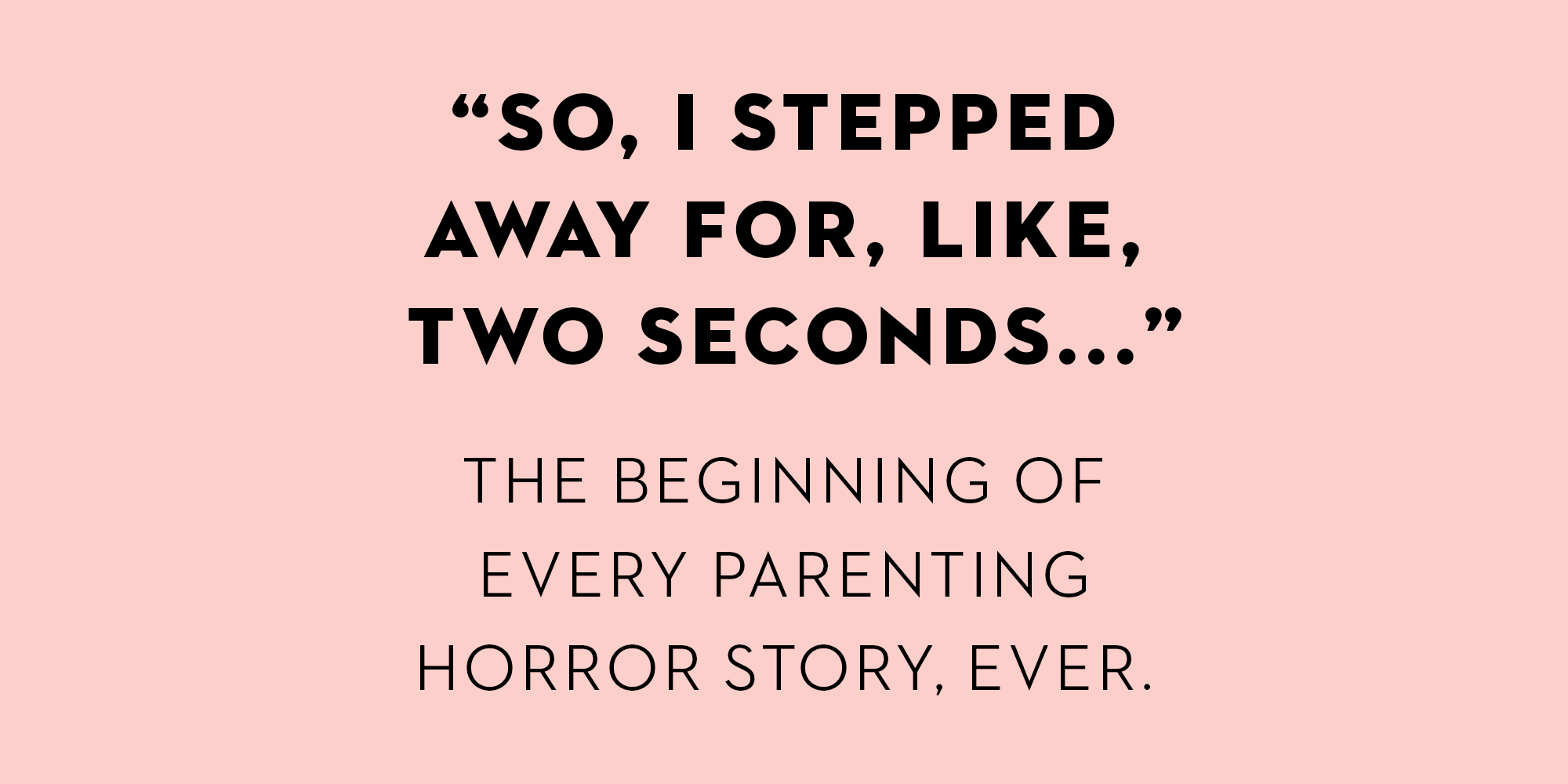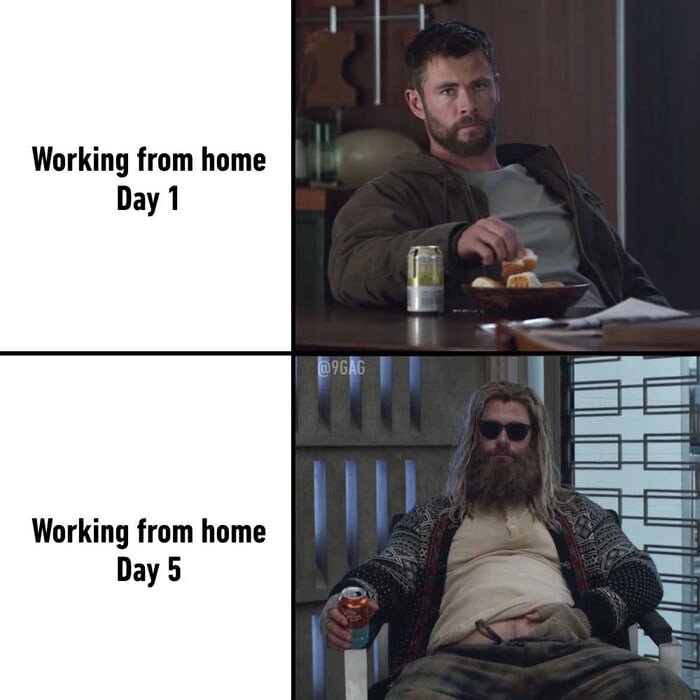Increasing Your Child's Independence
Hey! It’s almost the 4th of July! Let’s talk about independence. We have been at home with our kids for about 4 months now, and if you’re anything like me, you could use a break, a moment of peace, or just 30 minutes to listen to some music and make dinner. If your kids are anything like mine, I’m willing to bet you don’t get a lot of that without hearing “Mommy, can you open this?” “Mommy, can you come color with me?” “Mommy, can you put on another cartoon?”. A very common question that I get asked is, how can I get my kid to play by themselves? How can I increase my child’s independence? Or, how can I get my kid to leave me alone for 10 minutes?!?!?!?!
Independence is a vital skill that may need some explicit teaching now that our kids are at home with us and will likely be home with us 5 out of the 7 days of the week when schools are back in session, depending on where you live. Here in Santa Barbara, it’s looking like my kindergartener will only be on campus 2 days a week. Hang on while I go cry for a minute… you can cry too, I won’t tell.
I’m going to let you all in on a little secret that special education teachers and behavior analysts have known about for years. Independent Work Systems. This concept goes by many names, I’ve heard it referred to as play stations, task boxes, workstations, independent work systems, structured work systems, you name it, the concept is still the same. In this system a child is typically given a series of 3 activities to complete independently, in order, and SILENTLY. Originally developed as a part of the Treatment and Education of Autistic and related Communications Handicapped Children (better known as TEACCH) program, this is a program that if run in a very specific way can buy you 10-30 minutes of time where you can get something done or simply stare at a wall and know your child is engaged in a functional, skill-building activity and not getting in to trouble. Score!
All teachers build independent work into their curriculum, regardless of the educational or developmental level of the child. Teachers need a few minutes to work one-on-one with a particular student who needs more help, or to grade some papers, or to work on lesson plans, this is where independent work comes in to play. Now that we are all teachers, this system is a very helpful way to increase your child’s independence and gives you time to do…whatever (shower?) without having to play Moana for the 1,000th time.
Materials
All great IWS’s start with great materials. Get yourself some boxes. What kind of boxes? I don’t care ;) Shoe boxes work, plastic bins, boxes with lids, without lids, you name it, any kind of box will work. You can also get one of those 3 drawer organizer bins which helps do some of the organization for you (more on that later).
Next, you will need to choose what activities you’re going to put in those boxes. These activities can be anything but there are two golden rules, they must be activities your children already know how to do, and they must have a clear start and a clear finish. Think of a puzzle, you know it's finished when all the pieces are in place. The point of this exercise is not to teach a new skill, the skill being taught with this system is independence, and you can’t do something independently if you’re still learning how to do it.
Some examples of activities include puzzles, matching games, sorting, a worksheet, put-ins (https://www.pinterest.com/specialthinkers/put-in-tasks/), any relatively easy activity your child can do independently.
Lastly, you need a place where the system will be located. In my years working with children I have done this set up at a table in the child’s room, at the dining room table, I have even set up an IWS on the floor in the living room, this space should be clearly defined and easily accessible by your child.
Set up
One of the great foundations of TEACCH is the order and visual structure given to the teaching area. Everything has its place and is structured in a way that helps the child figure out what they’re supposed to do and what’s next. An IWS always moves from left to right, mimicking the way we read. Set up the three tasks to the left of the child in labeled boxes. You can number them or put a different shape on each box. Next, put an empty laundry basket on the floor to the right of the child, this is their “all done” basket, this is where completed activities go. Having a clear place where completed activities go prevents the child from taking the activity apart and redoing it, it signals that it is time to move on to the next activity.
Teach
Now that you’re set up and ready to go, it’s time to teach the system to your child. You can explain the system to them and explain what they are going to earn when they finish the tasks. Have them sit down and walk them through the system.
First, take out activity 1. Put activity 1 in front of you and complete it. Then put activity 1 in the all done bin.
Next, take our activity 2. Put activity 2 in front of you and complete it. Then put activity 2 in the all done bin.
Last, take our activity 3. Put activity 3 in front of you and complete it. Then put activity 3 in the all done bin.
Once you are done with all 3 activities come and find me. (I’ve given students a bell to ring when they’re done if you’re into that sort of thing)
This is the way you child will complete the system every single time. They can’t skip around and start with activity 2 or 3, order is important.
The first time they go through the system stand behind them. If they make an error correct them either by physically (hand over hand) or gesturally (pointing or tapping) prompting them. Don’t say a word. By silently prompting from behind we are making it easier to fade our guidance out and increase their independence faster. Once they have demonstrated that they can complete the system independently, you have earned yourself your own independent time, congratulations!
Some things to remember, always work from left to right, top to bottom. Use activities that are already known and vary the activities as much as possible to prevent boredom. At the end of the activity, provide some type of reinforcement, you know your child best!
There are a ton of resources available online and some great ideas for activities and set-up on Pinterest. Do some research, get some materials, and have fun with it! You can increase the difficulty or the time to complete each activity as your child grows and develops and masters this system.
As always, praise your child for increasing their independence and remark on how much they are growing and how proud you are of them, they should feel a sense of pride that they can complete something on their own too!
If you run in to any snags or need any more information about increasing your child’s independence, don’t hesitate to reach out!
Enjoy the silence ;)








